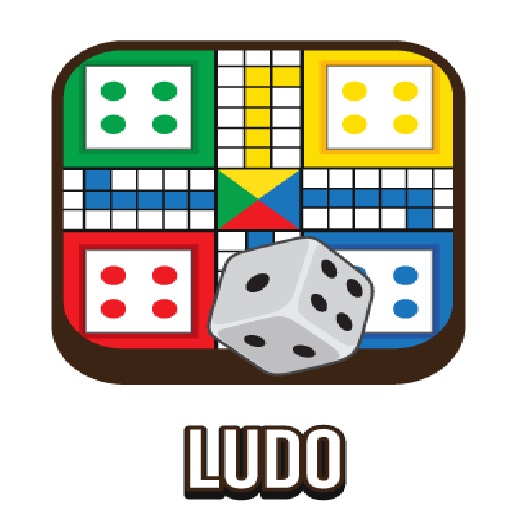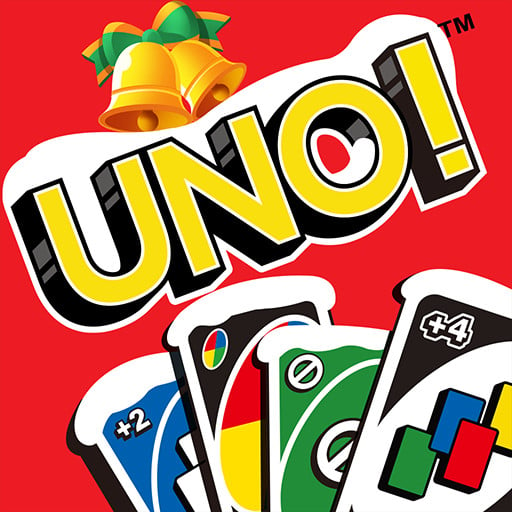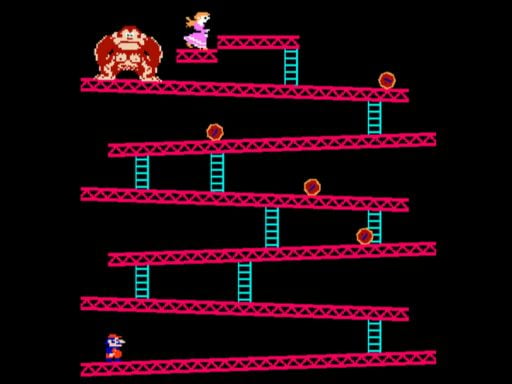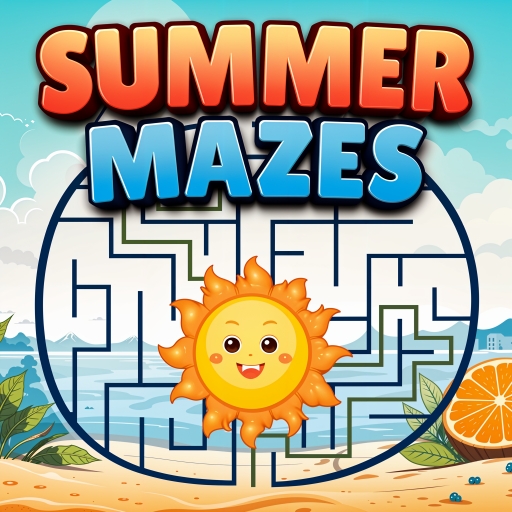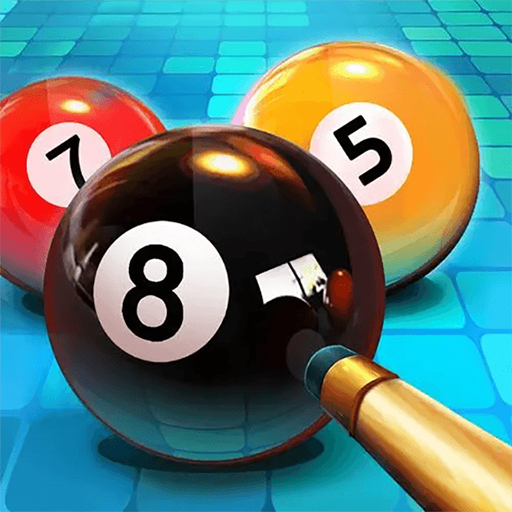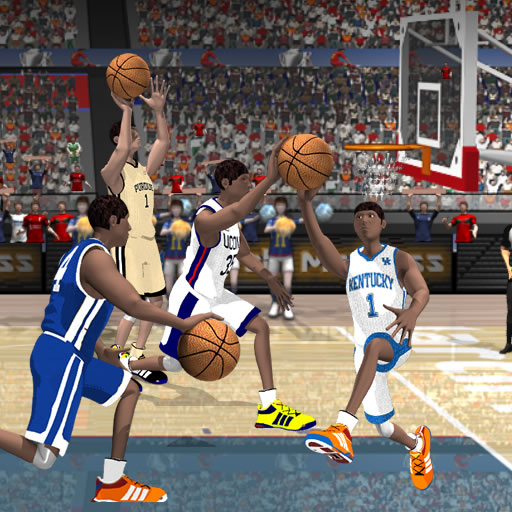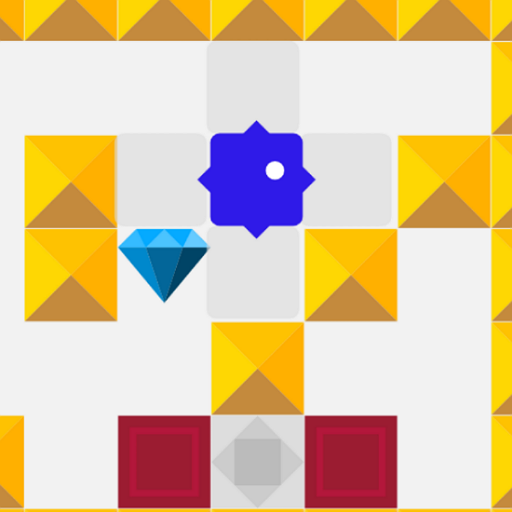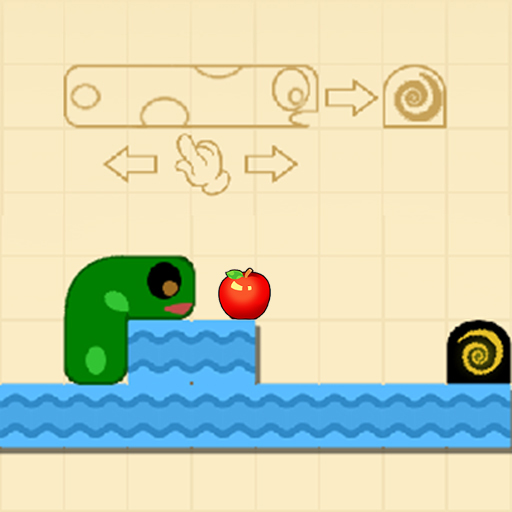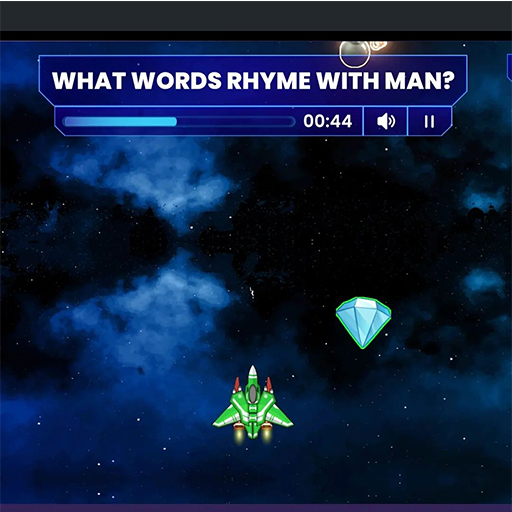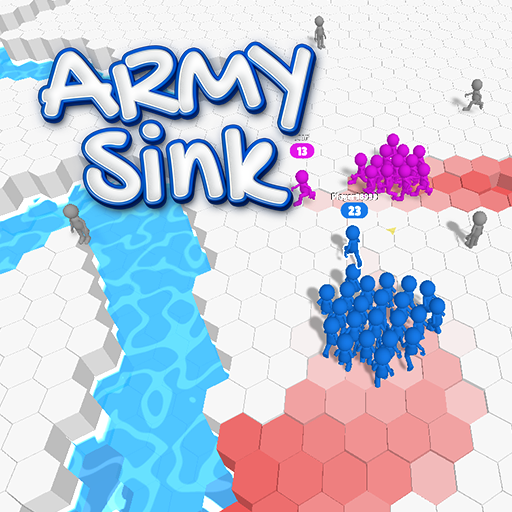Similar Games
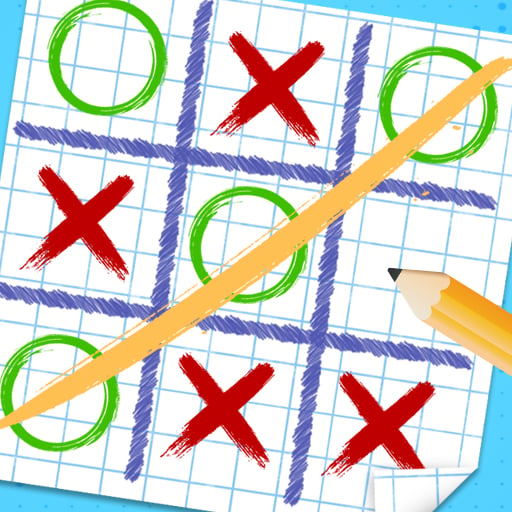
Tic Tac Toe Puzzle
How To Play
Tic Tac Toe Puzzle
Tic Tac Toe, also known as Noughts and Crosses in some regions, is one of the most recognizable and enduring puzzles in the world. Often seen as a simple game played by children, its simplicity belies its historical significance and its educational value. While it is frequently regarded as a pastime for the younger generation, it offers more than just entertainment. The puzzle also serves as an introductory example of game theory, strategy, and problem-solving. In this article, we will explore the origins, gameplay mechanics, strategies, variations, and educational aspects of Tic Tac Toe, while also delving into its significance as a puzzle.
The Origins of Tic Tac Toe
Tic Tac Toe has a surprisingly long history, tracing its roots back to ancient civilizations. It is believed that the game originated in ancient Egypt, around 1300 BCE, where a similar game involving a grid was played. However, it was the Roman Empire that contributed to the modern form of Tic Tac Toe. The Roman game, known as “Terni Lapilli,” was somewhat similar but involved players placing only three pieces, and they could only move them around the grid.
In the 19th century, the modern version of Tic Tac Toe as we know it today started to take shape. By the late 1800s, the game was widely known in English-speaking countries, particularly in Britain, where it became known as Noughts and Crosses. The name Tic Tac Toe came into usage later in the United States, possibly inspired by a rhyming game of the same name.
Despite its ancient roots, Tic Tac Toe’s enduring appeal is due to its simplicity and accessibility. With just a few lines and some basic rules, it has been a part of casual games, school activities, and even more serious analyses in the fields of mathematics and computer science.
The Basic Mechanics of the Game
At its core, Tic Tac Toe is a game for two players. The game is played on a 3×3 grid, consisting of nine empty squares. The objective of the game is to place three of one’s marks—either an “X” or an “O”—in a row, which can be horizontal, vertical, or diagonal. The first player to achieve this goal wins the game. If all nine squares are filled and no player has achieved a winning combination, the game ends in a draw.
The game alternates between the two players, with one player choosing the “X” symbol and the other the “O” symbol. Players take turns placing their marks in any available square on the grid. Once a mark is placed in a square, it cannot be moved or replaced, adding a layer of strategy as players must think ahead and anticipate their opponent’s moves.
Analyzing Tic Tac Toe: A Game of Strategy
While Tic Tac Toe may appear straightforward, it can be analyzed through the lens of strategy and game theory. In fact, Tic Tac Toe is a perfect example of a finite, two-player, zero-sum game, which means that one player’s gain is the other player’s loss, and the game has a fixed outcome (win, lose, or draw). The nature of the game allows it to be fully analyzed, and many strategies can be developed to ensure a positive result.
In general, Tic Tac Toe is considered a solved game, meaning that with optimal play from both players, the outcome will always be a draw. The key to this result lies in the number of possible moves and the strategies that players can use to avoid losing.
Opening Moves and Optimal Play
One of the most important aspects of Tic Tac Toe is the first move. The player who goes first, typically using the “X” symbol, has a significant advantage if they play optimally. Statistically, the best move for the first player is to place their mark in the center square. This choice maximizes the potential for forming a winning line while also minimizing the chances of the opponent winning.
If the first player places their mark in a corner, the opponent can respond by placing their mark in the center to block any diagonal opportunities. If the first player starts at the edge of the grid, the second player can easily gain control of the center, leaving the first player with fewer options for winning.
Optimal play involves carefully planning ahead, considering potential moves and counter-moves. It’s important to force the opponent into a position where they are left with no winning options, while also creating multiple opportunities for oneself. This requires thinking several moves ahead and being able to adapt to the opponent’s choices.
Common Strategies for Winning
Although Tic Tac Toe is a solved game, there are still a few strategies that can increase the chances of winning, particularly if the opponent does not play optimally. One key strategy is to focus on controlling the center of the grid. The center provides the most flexibility, as it is part of four different lines (two diagonals, one row, and one column). By controlling the center, a player increases their chances of completing a line in any direction.
Another strategy is to aim for corners. Corners are advantageous because they provide access to two possible winning lines (a row and a column, or a diagonal and a row). If a player manages to place marks in two corners of the grid, they can create multiple threats, forcing the opponent to defend against two winning moves at once.
Blocking the opponent is equally important. If the opponent has two marks in a row, column, or diagonal, it’s essential to place a mark in the third square to prevent them from winning. This defensive play is a critical part of the game, and players must always be vigilant about potential threats.
If both players are playing optimally, the game will always end in a draw. However, if one player is less skilled or makes mistakes, it’s possible for the other player to take advantage of the missteps and win.
Variations of Tic Tac Toe
While the classic version of Tic Tac Toe is widely recognized, there are several interesting variations of the game that add complexity and fresh challenges. One of the most popular variations is called “3D Tic Tac Toe.” This version expands the traditional 3×3 grid into three-dimensional space, creating a 3x3x3 cube. Players now have to think about winning combinations that span multiple layers of the cube, requiring greater spatial awareness and strategic depth.
Another variation is “Tic Tac Toe Xtreme,” which uses a larger grid, typically 4×4 or 5×5. With more squares and more opportunities for winning, the strategy becomes more intricate. Players can choose between more open positions and have to plan several moves ahead to secure a victory.
In some versions, the grid may be dynamic, with the squares being added or removed over time. These variations increase the level of complexity and are perfect for those who find the original game too simple. Additionally, some digital versions of Tic Tac Toe introduce timers or multi-player functionality, making the game more engaging in a competitive setting.
Tic Tac Toe as a Teaching Tool
Beyond its recreational value, Tic Tac Toe has several educational applications. It is commonly used as a teaching tool in schools to introduce young children to concepts such as logic, problem-solving, and decision-making. By playing the game, children can develop an understanding of strategy, learn how to think ahead, and practice the importance of patience and focus.
Tic Tac Toe also offers an excellent opportunity for introducing the basics of game theory. Game theory, a mathematical framework for analyzing situations of conflict and cooperation, is based on the idea that players make decisions that maximize their chances of success. Tic Tac Toe is one of the simplest examples of a zero-sum game, where one player’s success results in the other’s failure. It can be a starting point for more advanced discussions about strategies in competitive environments, including the concepts of dominant strategies and Nash equilibrium.
Furthermore, Tic Tac Toe can be used to teach programming and computational thinking. Given the finite number of possible moves, Tic Tac Toe is a common starting point for teaching students how to write algorithms and develop artificial intelligence. A computer program can easily simulate the game and analyze all possible outcomes, helping students understand how machines can be taught to play games by following a set of rules.
The Enduring Popularity of Tic Tac Toe
Tic Tac Toe has remained popular for centuries due to its simplicity, accessibility, and ability to teach valuable lessons in strategy and decision-making. Whether played by children in the classroom or by adults looking for a quick challenge, the game has transcended time and culture to become a universally recognized puzzle.
Its easy setup and short duration make it an ideal game for filling idle moments, and it continues to be a staple in family game nights and casual gatherings. Additionally, its presence in digital form allows for endless play opportunities, as players can now compete against computers, friends, or even strangers from around the world.
In conclusion, while Tic Tac Toe is often seen as a simple game, its historical roots, strategic depth, educational value, and enduring popularity make it much more than just a pastime. It has become a timeless puzzle that challenges the mind, teaches valuable lessons, and continues to captivate generations of players. Whether in its classic 3×3 form or in one of its many variations, Tic Tac Toe remains a beloved and significant part of the world of puzzles.





